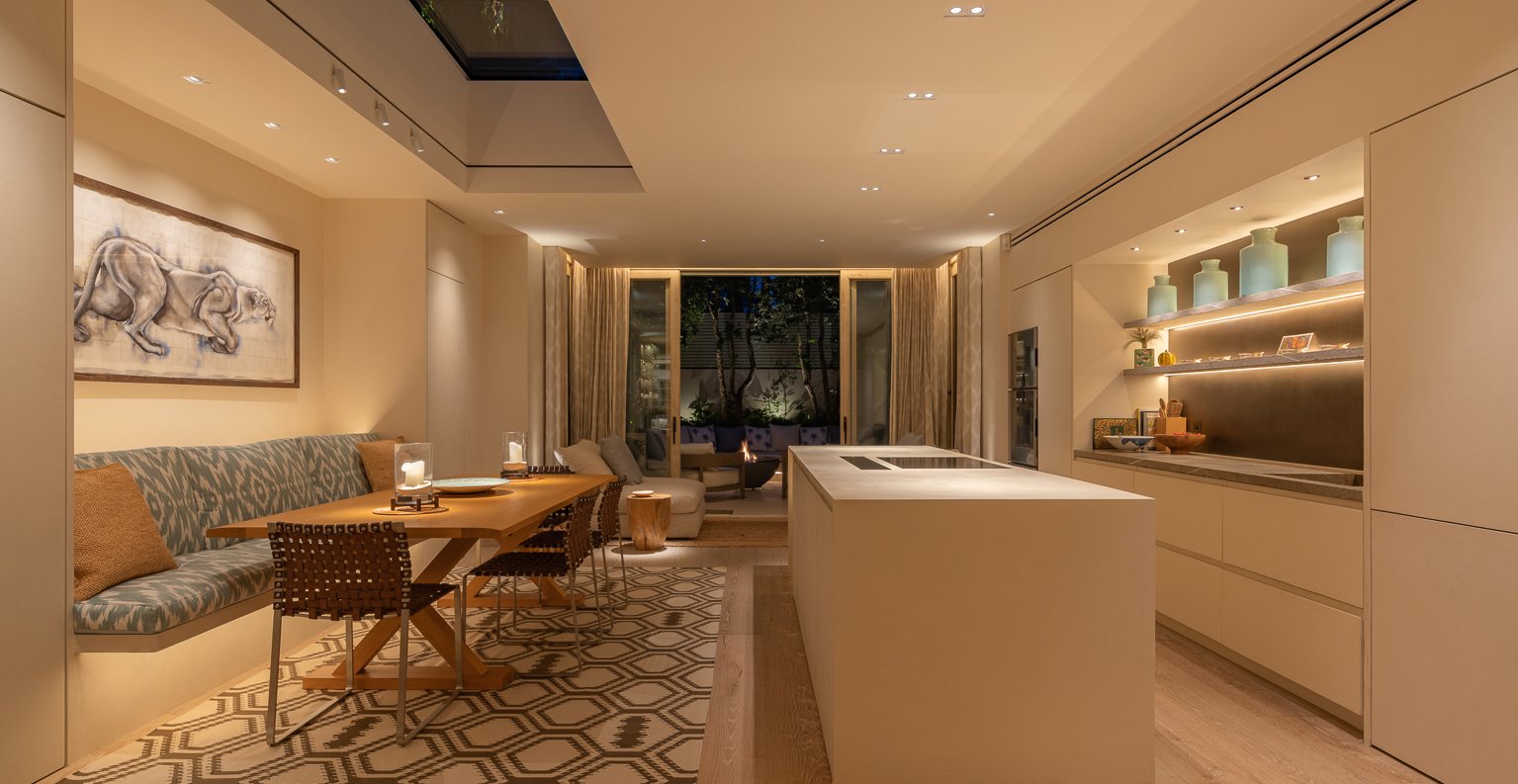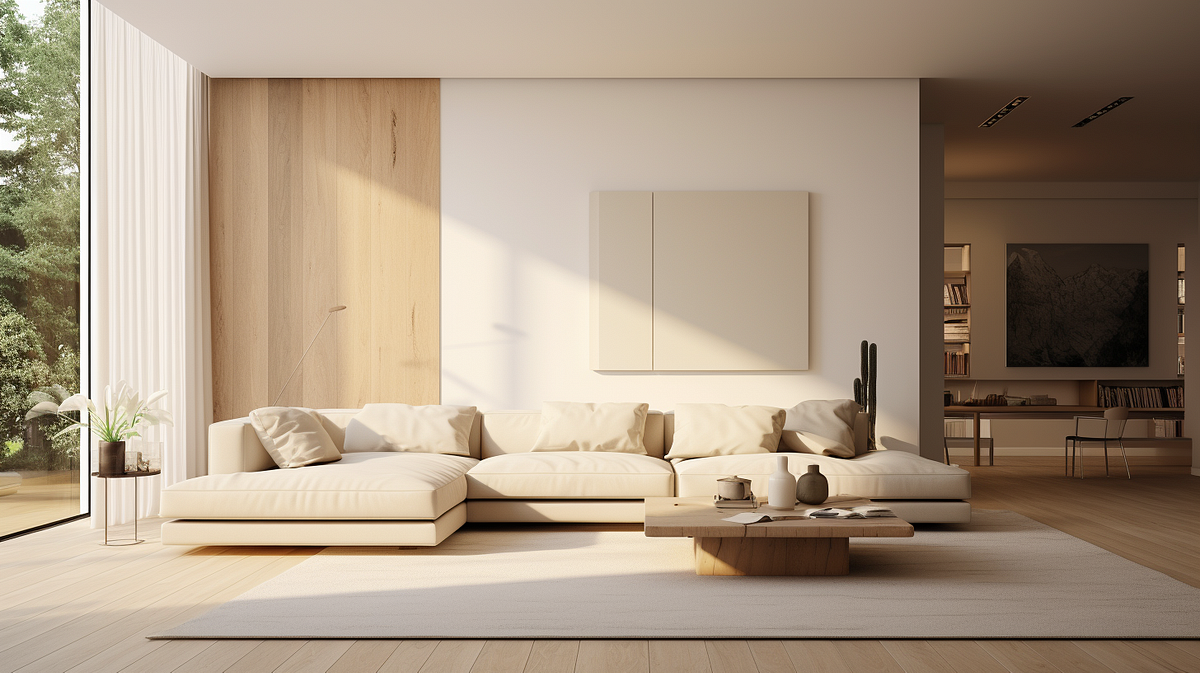Illuminating the 5 Essential Steps to Lighting in Interior Design
In the realm of interior design, there's one element that often doesn't get the attention it deserves: lighting. Yet, lighting holds the power to transform a space from mundane to magical, from dreary to delightful. It's not just about illumination; it's about setting the mood, enhancing functionality, and accentuating the beauty of your surroundings.
Shedding Light on Atmosphere
Think about the last time you walked into a room and felt instantly uplifted or relaxed. Chances are, the lighting played a significant role in shaping that atmosphere. Soft, warm lighting can create a cozy ambiance perfect for unwinding after a long day, while bright, cool lighting can invigorate and stimulate productivity in a workspace.
Highlighting Design Elements
Lighting isn't just about illuminating the space; it's also about highlighting the design elements within it. Whether it's a striking piece of artwork, an architectural feature, or a cherished décor item, the right lighting can draw attention to these focal points, adding depth and visual interest to your interior design scheme.
Enhancing Functionality
In addition to aesthetics, lighting also plays a crucial role in enhancing the functionality of a space. Task lighting, such as under-cabinet lighting in the kitchen or a reading lamp by the bedside, ensures that you can perform specific tasks with ease and precision. Properly placed lighting can also improve safety and navigation, especially in areas like staircases and hallways.
Embracing Versatility
One of the most exciting aspects of lighting in interior design is its versatility. With a wide array of fixtures, bulbs, and controls available, you have the freedom to customise your lighting scheme to suit your unique preferences and needs. Whether you prefer the timeless elegance of chandeliers, the contemporary chic of pendant lights, or the understated sophistication of recessed lighting, the options are virtually endless.
Harnessing Natural Light
While artificial lighting is essential, let's not forget about the importance of natural light. Harnessing natural light not only reduces energy consumption but also promotes health and well-being. Maximise natural light by strategically placing windows, using sheer curtains to diffuse harsh sunlight, and incorporating reflective surfaces to bounce light around the room.
In the world of interior design, lighting is not just an afterthought; it's a fundamental aspect that can make or break a space. From setting the mood to enhancing functionality, lighting plays a multifaceted role in shaping our surroundings. So, the next time you embark on a design project, remember to shed some light on the importance of lighting.
Share your stories and exciting photos in Outline Interiors and tag us using the hashtags #InteriorDesign #LightingDesign #HomeDecor #Ambiance #Functionality #Versatility #NaturalLight #DesignTips #IlluminateYourSpace #CreateWithLight #OutlineinteriorsAU





